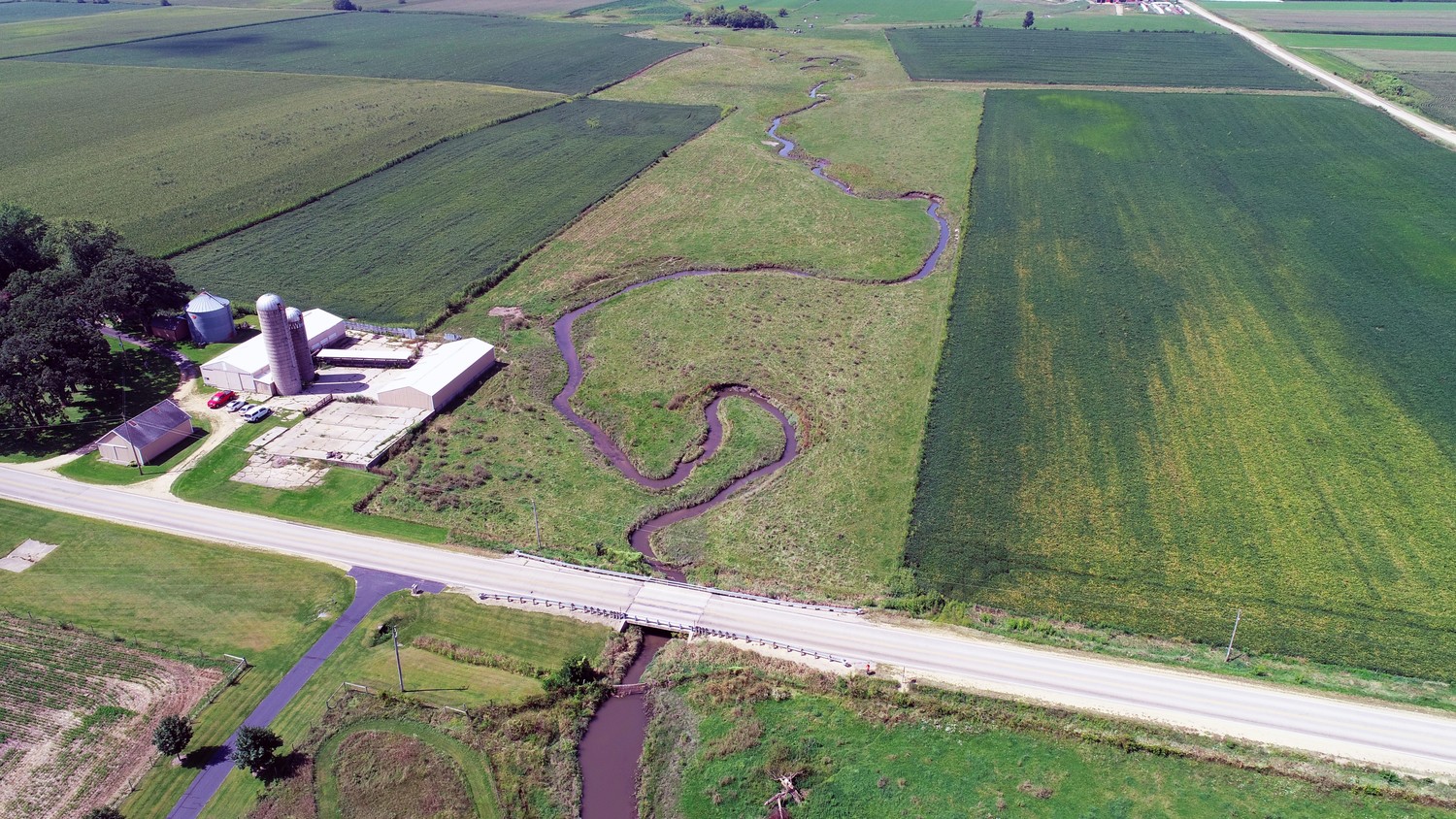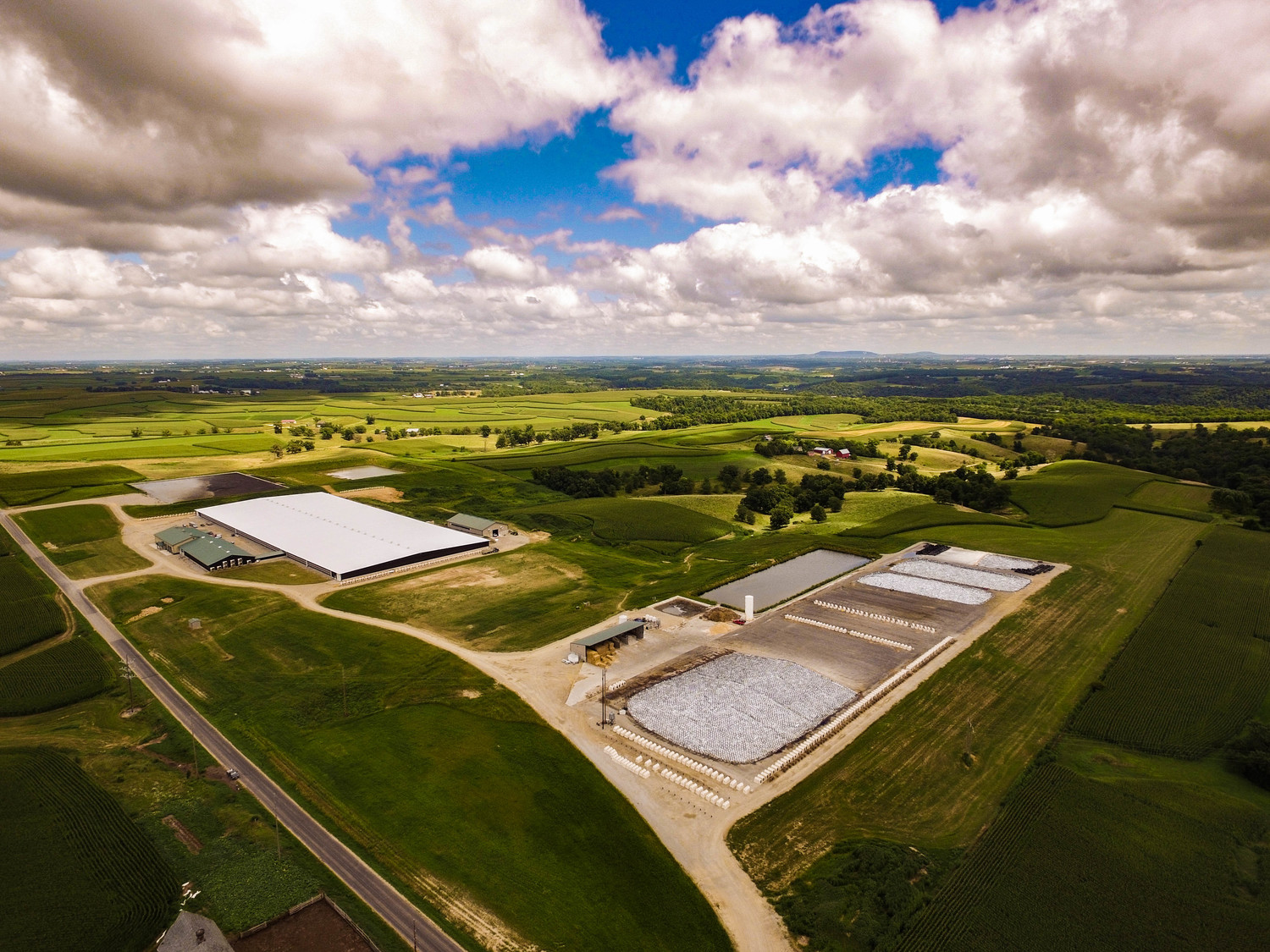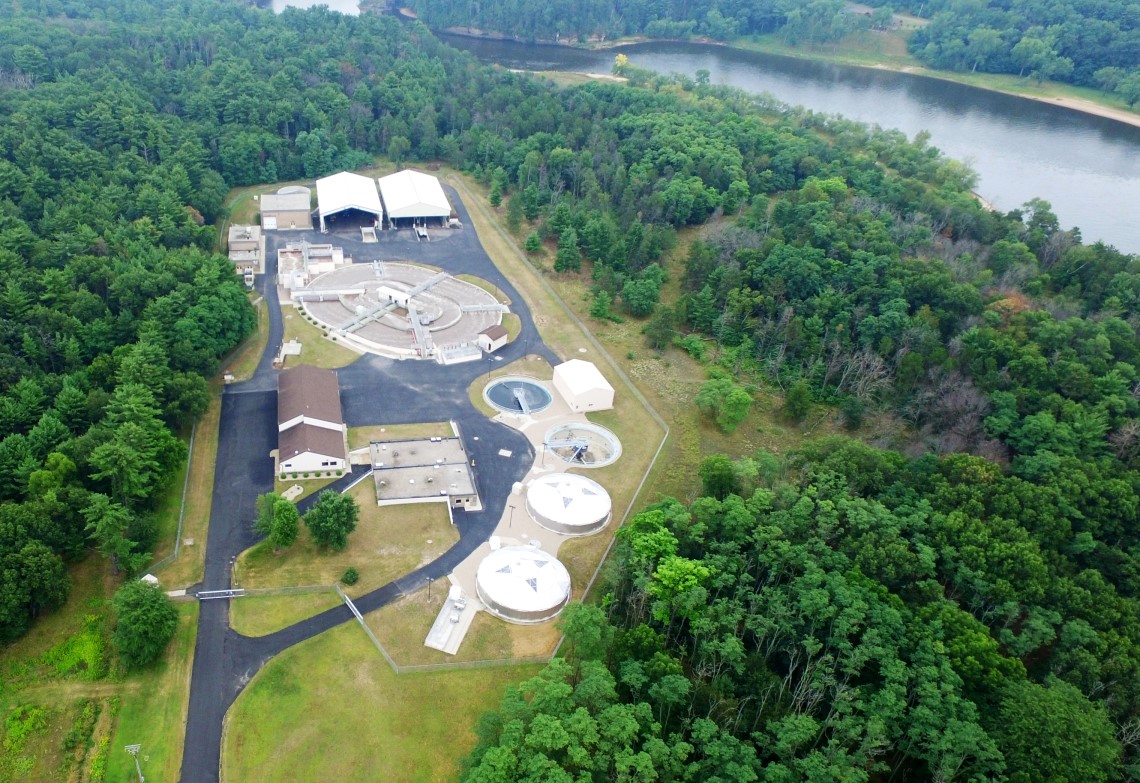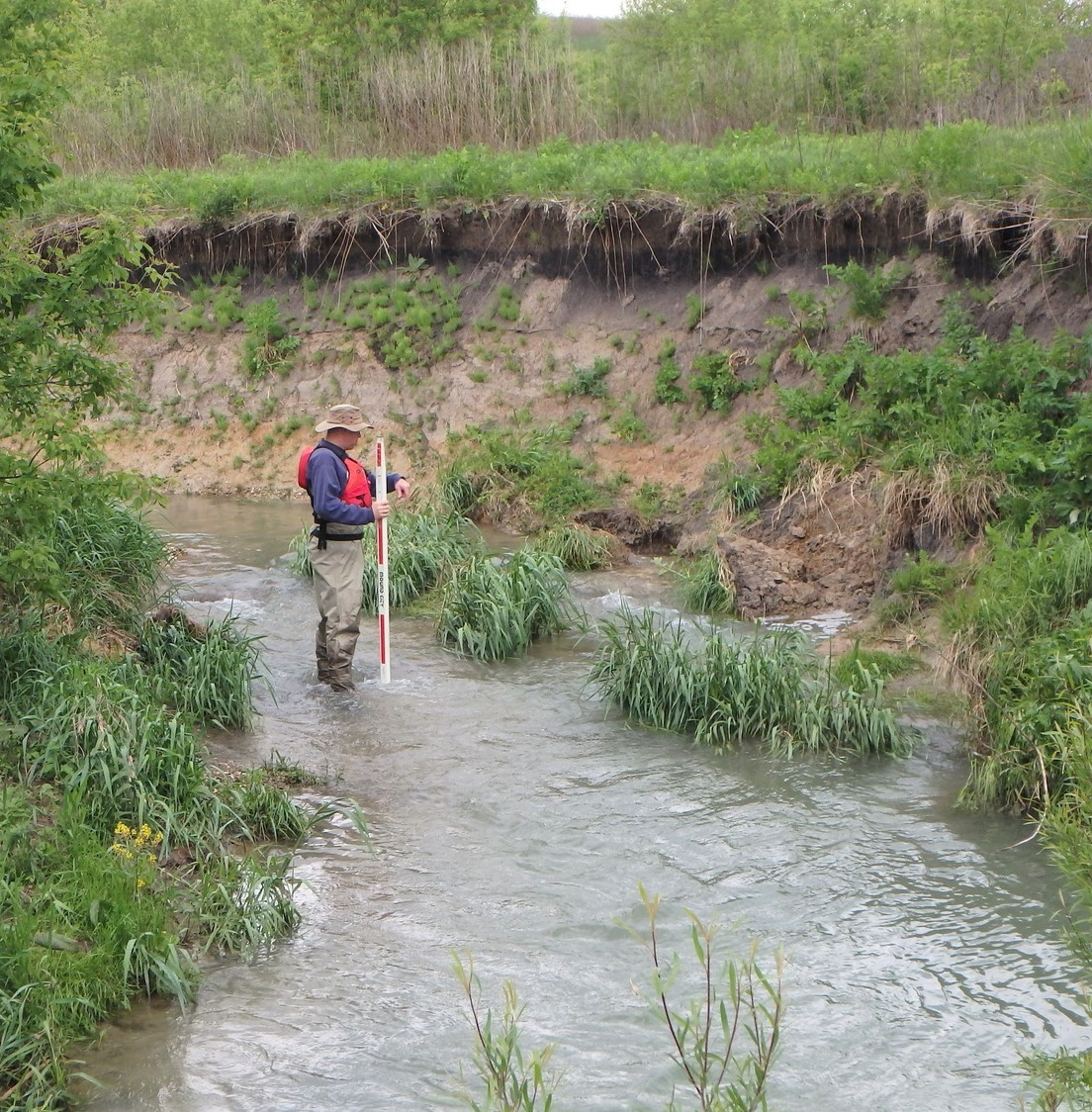In 2003, the Environmental Protection Agency (EPA) issued the first Water Quality Trading Policy. This document was designed to provide guidance to states, interstate agencies and tribes in developing responsible trading programs to reduce pollution in our nation’s waterways. It answers to requirements set forth by the Clean Water Act pertaining to permits, anti-backsliding provisions, the development of water quality standards, National Pollutant Discharge Elimination System (NPDES) regulations, water quality management plans and total maximum daily load (TMDL) limits.

Water quality trading is an alternative means for municipal and industrial point source facilities to comply with water quality-based effluent limitations (WQBELs). The limits are set for good reason. They protect the water quality of local and downstream bodies of water, preserving the integrity of this vital resource for communities and generations to come. Water quality trading is beneficial to facilities who are attempting to comply with the oftentimes strict effluent limits set forth by the EPA or state agencies. Trading provides greater flexibility on the level of technology a facility needs to install to meet compliance, which generally equates to a reduction in overall costs. It can also allow the community more time to accurately plan and budget for any future major wastewater upgrades. The goal of water quality trading is to support the three Ps: people, planet and profit. Environmental groups, governmental agencies and industries all have a vested interest in making water quality trading work.
The Basics of Water Quality Trading
Limits and credits
Facilities and industries are required to comply with established effluent limits. These limits often pertain to nutrients such as phosphorus and nitrogen as well as to sediment loads, all of which can adversely affect water quality. This is why water quality trading is sometimes referred to as “nutrient trading.” Some effluent limits, such as new phosphorus limits in Wisconsin, can be so stringent that municipal and industrial permit holders may be unable to comply by simply optimizing or completing upgrades to their facilities. In many cases where a major upgrade is needed, it may be more cost effective and beneficial for the permittee to instead work with another landowner, business or entity in the local watershed to reduce discharges of the targeted pollutant.

This is where credits come in. A permittee can purchase or generate “credits” in their local watershed to achieve compliance. A credit is a unit of pollutant reduction typically measured in a per-pound equivalent. They can be generated by a permitted facility or “point source” over-controlling its discharge limits, by trading with another point source, or by trading with a non-point source such as a stormwater utility or rural farming operation. Trading can be done either directly or through a third party. All trades must be legally binding and protections must be made so that the trades result in a water quality improvement. Compliance is demonstrated by comparing discharge data with available credits and permit limits, as determined by a permitting authority. The policy does not support any trading activity that would cause a toxic effect, exceed a human health criterion or cause an impairment of water quality. The EPA does not support trading of persistent bio-accumulative toxic pollutants at this time.
Acceptable Practices Per Industry
Permittees can generate “credits” in one of two ways:

Point-to-Point Trading
This type of trading is most often done between permitted publicly or privately owned wastewater treatment works. Essentially, one treatment facility — possibly with more relaxed limits and/or excess treatment capacity — accepts a lower treatment limit in order to sell credits to a downstream facility. This type of trading can be considered low risk since the credit generator must accept a permit with a more stringent limit and the credit is easily measured by reviewing effluent flows and loads from the credit generator. Also, the credits are generated in the receiving water of the downstream user, so it is easy to measure the environmental impact of this type of trade. One disadvantage of point-to-point trading is that it is market driven, and depending on the regulatory framework of the specific watershed, no credits may be available to purchase or the cost may be driven higher due to competition between facilities.

Point to Non-Point Trading
This type of trading occurs when credits are generated by reducing sources of non-point source pollution. Sources of non-point source pollution include urban stormwater, agricultural runoff, and erosion from natural sources such as streambanks or gullies. In this case, the permittee would pay to improve non-permitted stormwater facilities or privately owned lands. Credits are developed through a legal process in which the credit generator agrees to reduce the amount of pollutant they currently discharge. Point to non-point credits are often inexpensive to generate. However, these types of credits hold less certainty than point-to-point trades since they are frequently based on computer modeling and not actual monitoring data. To account for this uncertainty, a permittee would be required to produce more point to non-point credits than if a credit user only participated in point-to-point trading.
Benefits of the Three Ps

People
Trading is an opportunity to bring urban and rural community members together to gather collaborative input about where improvements in the watershed will be most impactful. Trading can also be used to fund land improvement projects that can revitalize a community’s look, feel or sense of place. Landowners and farmers can use the trading process to add value to their property by reducing pollution, improving wildlife habitat, or expanding operations in an environmentally sensitive manner–all without incurring major costs.

Planet
In many cases, more pollution may be prevented through implementation of a trading program than by completing a more expensive wastewater treatment upgrade. When considering the more prevalent concerns of surface water and groundwater contamination, water quality trading may be more beneficial for preserving water quality and the function of local ecosystems and riparian habitats.

Profit
Water quality trading offers financial benefits. The cost to implement trading can be as much as three times less expensive than a major wastewater treatment facility upgrade. These cost savings can be passed on to residents and businesses of the local community by maintaining low municipal sewer rates or they can be used to improve the profit margins of a permitted industry. Costs savings can be even greater if outside funding from government agencies is considered. The benefits are both short and long term, cutting annual expenditures and increasing life cycle savings.
In summary, water quality trading under the Clean Water Act is a viable option for communities looking to meet permit goals while achieving substantial cost savings. Each municipality must weigh the short- and long-term budgetary, water quality and infrastructure needs in order to make the most informed and sustainable decision. Trading can be an effective tool if thoughtfully planned and executed, helping to chart a successful path forward for a community, and for the greater public and environmental good.
Learn about a Water Quality Trading Program in the City of Brodhead, Wisconsin, and contact us today start a conversation about how a trading program might benefit your community.
